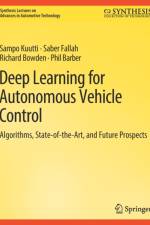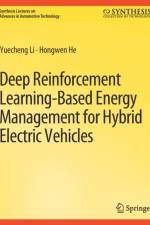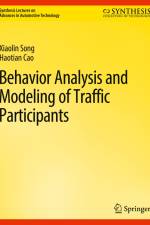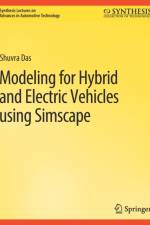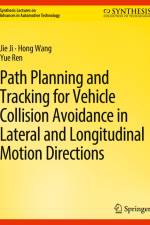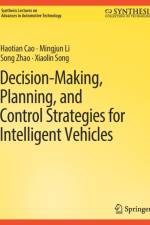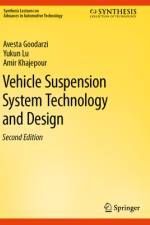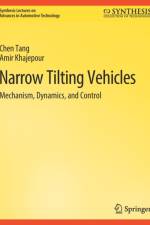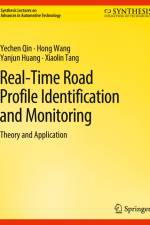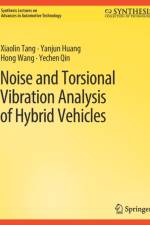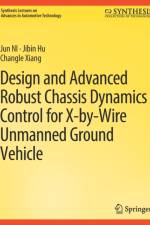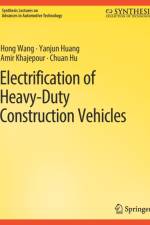av Xiaolin Song
731
A road traffic participant is a person who directly participates in road traffic, such as vehicle drivers, passengers, pedestrians, or cyclists, however, traffic accidents cause numerous property losses, bodily injuries, and even deaths to them. To bring down the rate of traffic fatalities, the development of the intelligent vehicle is a much-valued technology nowadays. It is of great significance to the decision making and planning of a vehicle if the pedestrians' intentions and future trajectories, as well as those of surrounding vehicles, could be predicted, all in an effort to increase driving safety. Based on the image sequence collected by onboard monocular cameras, we use the Long Short-Term Memory (LSTM) based network with an enhanced attention mechanism to realize the intention and trajectory prediction of pedestrians and surrounding vehicles. However, although the fully automatic driving era still seems far away, human drivers are still a crucial part of the roaddrivervehicle system under current circumstances, even dealing with low levels of automatic driving vehicles. Considering that more than 90 percent of fatal traffic accidents were caused by human errors, thus it is meaningful to recognize the secondary task while driving, as well as the driving style recognition, to develop a more personalized advanced driver assistance system (ADAS) or intelligent vehicle. We use the graph convolutional networks for spatial feature reasoning and the LSTM networks with the attention mechanism for temporal motion feature learning within the image sequence to realize the driving secondary-task recognition. Moreover, aggressive drivers are more likely to be involved in traffic accidents, and the driving risk level of drivers could be affected by many potential factors, such as demographics and personality traits. Thus, we will focus on the driving style classification for the longitudinal car-following scenario. Also, based on the Structural Equation Model (SEM) and Strategic Highway Research Program 2 (SHRP 2) naturalistic driving database, the relationships among drivers' demographic characteristics, sensation seeking, risk perception, and risky driving behaviors are fully discussed. Results and conclusions from this short book are expected to offer potential guidance and benefits for promoting the development of intelligent vehicle technology and driving safety.

